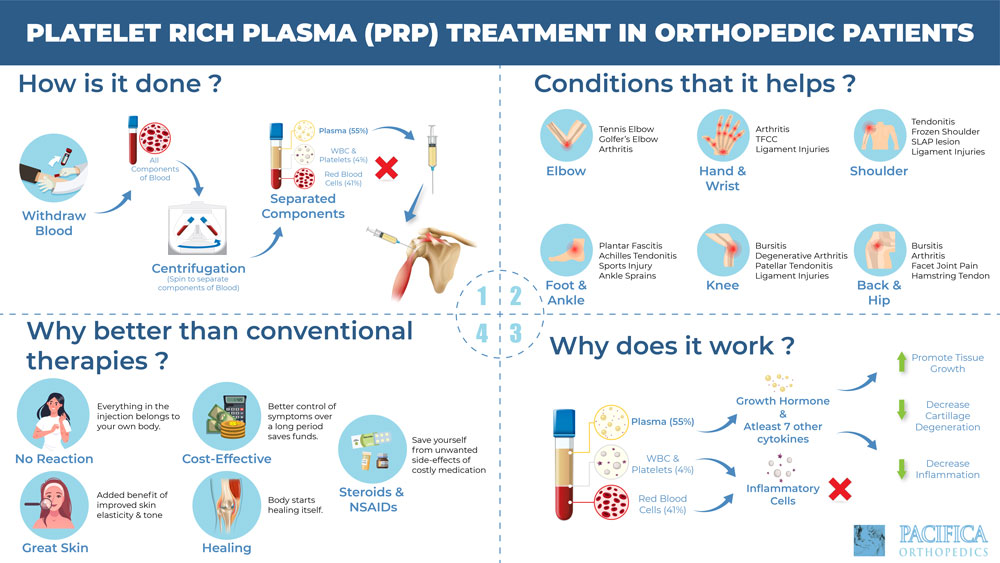Most treatments are associated with some known risks, especially invasive and operative treatments. Contraindications vary widely based on the treatment administered. A particular concern when managing hip fractures in the elderly is the potential for the overall fracture treatment to result in increased patient mortality or decreased level of mobility and independence (compared to status prior to hip fracture). Additional factors may affect the physician’s choice of treatment including, but not limited to: associated injuries the patient may present with, as well as the individual’s co-morbidities, and/or specific patient characteristics including low bone mass and osteoarthritis. Clinician input based on experience increases the probability of identifying patients who will benefit from specific treatment options. The individual patient and/or their decision surrogate dynamic will also influence treatment decisions, therefore, discussion of available treatments and procedures applicable to the individual patient rely on mutual communication between the patient and/or decision surrogate and physician, weighing the potential risks and benefits for that patient. Once the patient and/or their decision surrogate have been informed of available therapies and have discussed these options with the patient’s physician, an informed decision can be made.
Request An Appointment
You can request an appointment online, at your convenience! Or, as a question. You now have several convenient ways to...




0 Comments